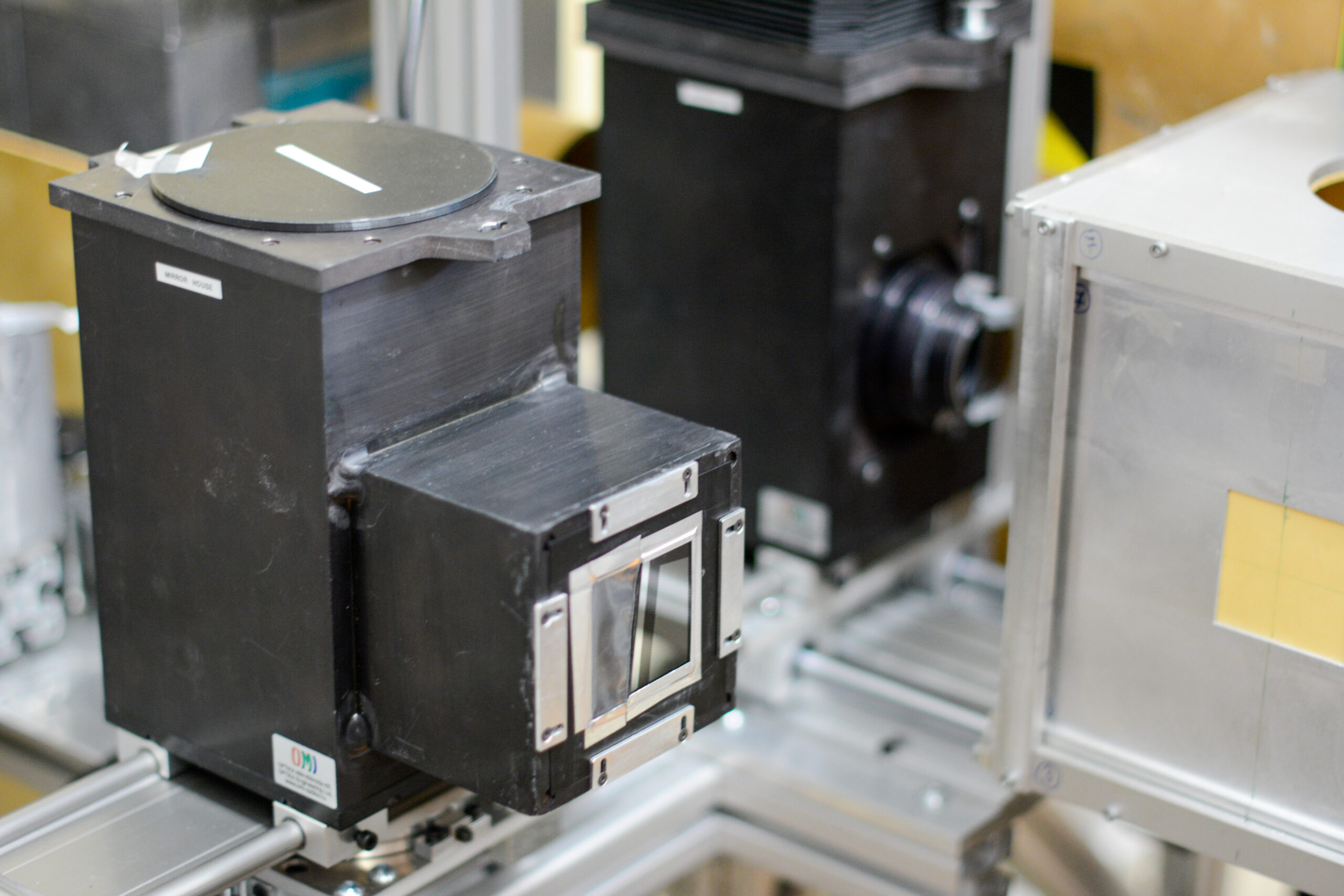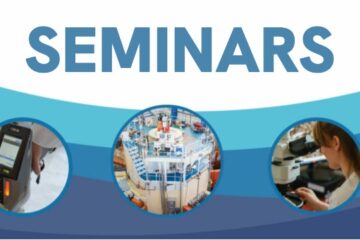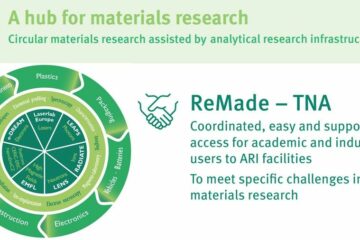Archaeological science investigations on pottery production explore diachronic changes in the Bronze Age settlement at Palaikastro, east Crete
Our colleague at the BNC was the lead author of a new, large-scale study that investigates pottery production during the Bronze Age (c. 1850-1300 BC) at the Minoan town of Palaikastro, east Crete. Both provenance Read more








